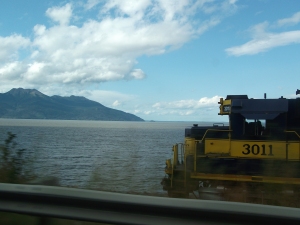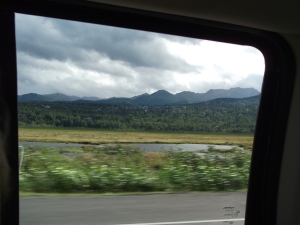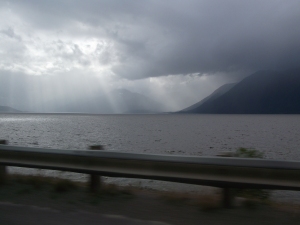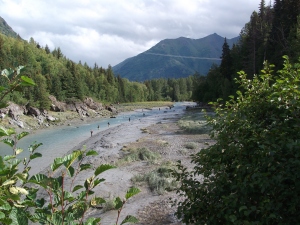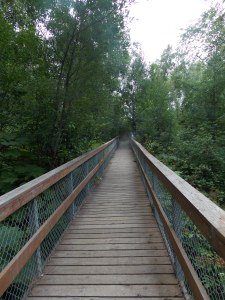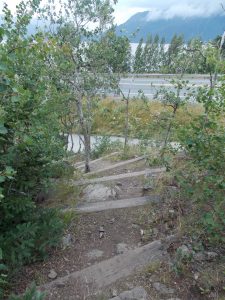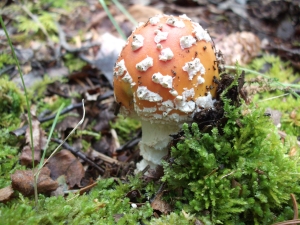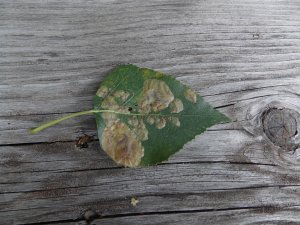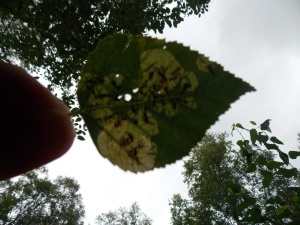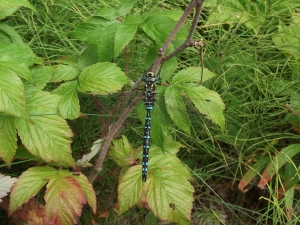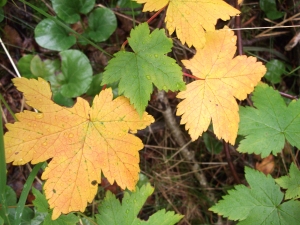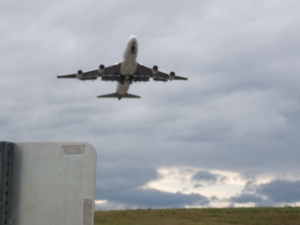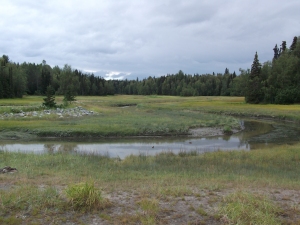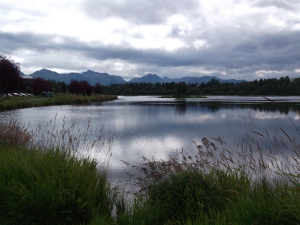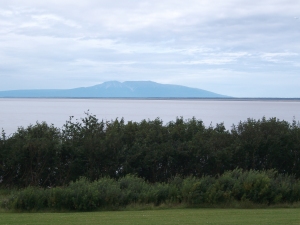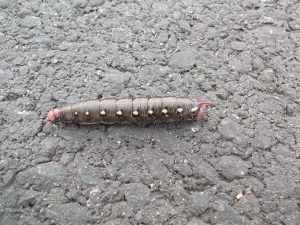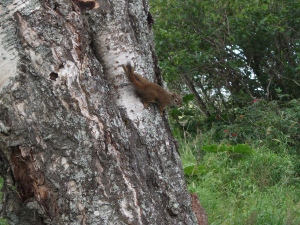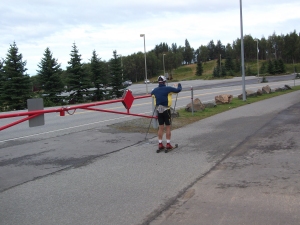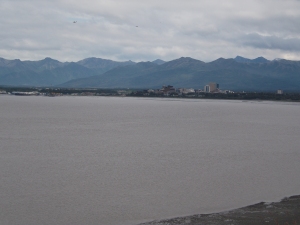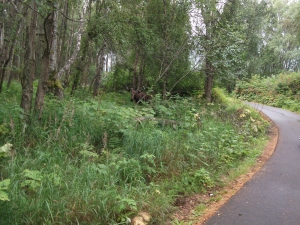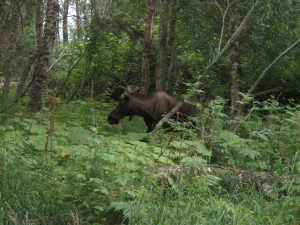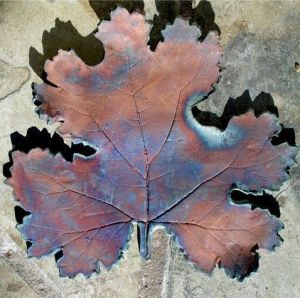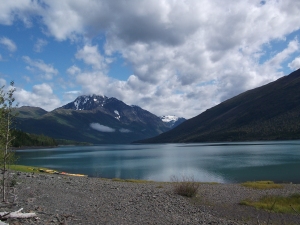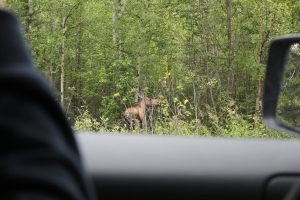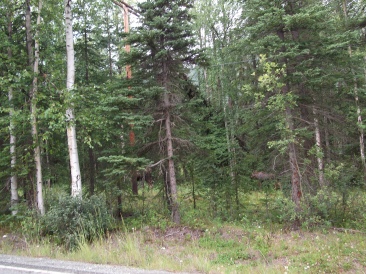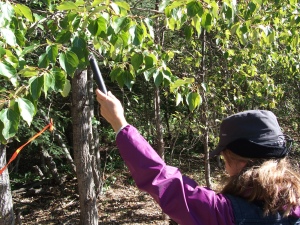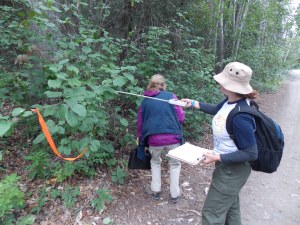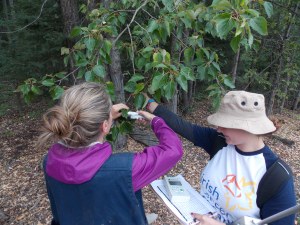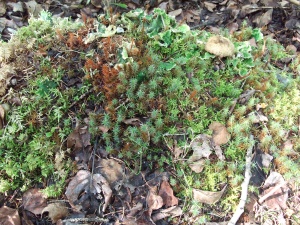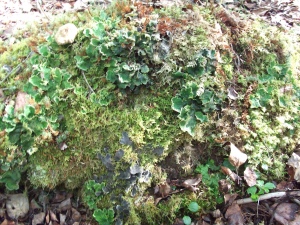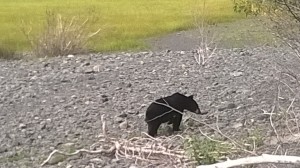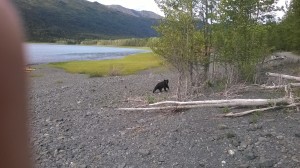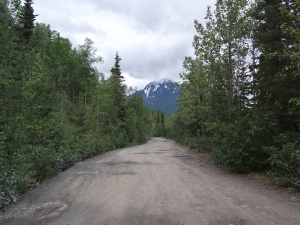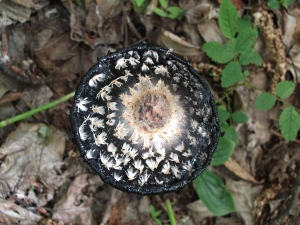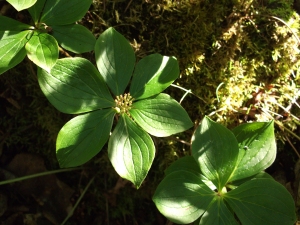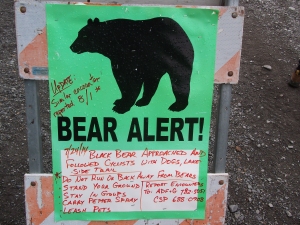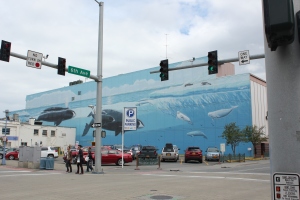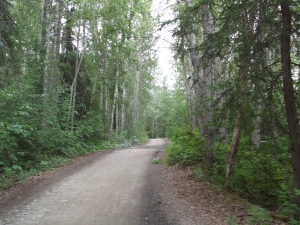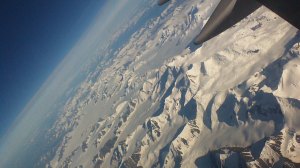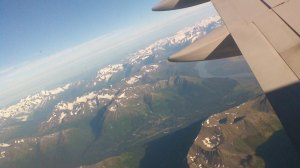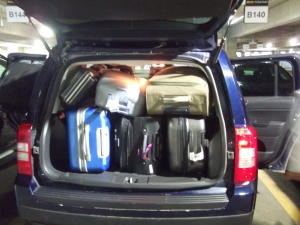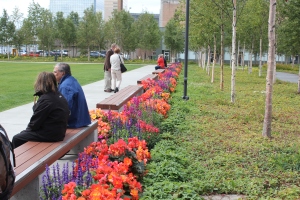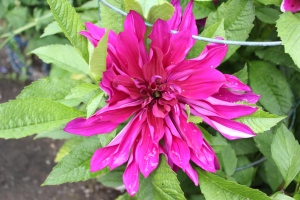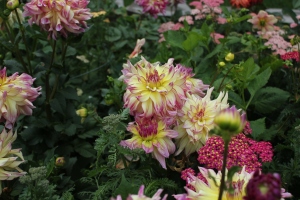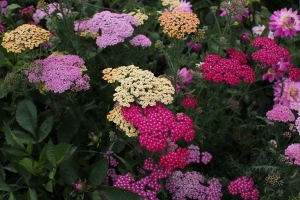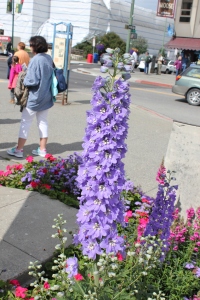Day 15: An early morning as we undertook the three hour drive from Anchorage to Kenai. After a quick check in at the hotel we travelled straight to the site to explore, and tag our plants. We have two sites in Captain Cook recreational area as different plants were found in certain areas. The vegetation here is very different to what we saw in Anchorage. The edges of the trails have recently been cut back, resulting in very weedy growth along the trail edges and grass has taken over in many places. The plants are also starting to look less healthy as it is nearing the end of Summer and it is harder to find healthy leaves to measure here. Here’s a picture of one of our sites which is another popular fishing area:
Day 16: Today was the first really sunny day we had, and it was a joy to work in! It was also the most enjoyable day so far! Firstly we met a girl who was very interested in our work, so I have to give a big shout out to Wikima (epic name) who’s reading this and hopefully learning lots! 🙂 She also saved us a lot of time today by spreading the word about what we were doing to other interested people.
Towards the end of our sampling a man pulled over in his car to warn us of a nearby bear, when he realise we were working with plants he pointed out that this was a mast year for spruce trees here. That is, a year in which trees produce many more cones or fruit than usual. This usually occurs every ten years. He told us that he had been living here for 6 years, and this is the first mast year he had seen, so we were very lucky to see it! Here’s a couple of pictures of the Spruce;
To top off the day we met two men who had been fishing off a bridge near our site who invited us to try their home smoked salmon. They let us taste silver salmon directly from their smoke house, and then their pressure cooked smoked sock-eye salmon too, as well as providing us with a bottle of ale! It’s safe to say we got a true taste of Alaska! It was an amazing day thanks to their kindness and their stories of living in Alaska.
Group Photo! Silver Salmon smoking
Cooked Sock-Eye Salmon
Day 17: Another lovely hot day today and a very productive day too! We tagged more plants today as we did not have as many species here as on previous sites which resulted in us having more individuals here than any of our other sites so we have a busy few days ahead! The guys measured at our other site today and when we collected them at the end of the day we drove around the corner from where they had been measuring to see a large black bear rummaging about which ran into the bush when it saw our car, proving that there are bears very nearby.
We also visited the cultural heritage centre in Kenai which is a free centre highlighting the history of the area as well as the history of Alaska, and also displayed local art. Afterward We drove to a nearby view point to look across the bay at the volcanoes and mountains as it was such a clear day.
The view across the bay, it may look like clouds but they’re actually volcanoes!
Day 18: We had another run in with a black bear today… but this one was much more humorous than the first encounter. Wuu-Kuang was with myself and Michelle today taking notes. We all stopped dead on the trail when we heard a twig break in the woods nearby, we stood an listened for a few seconds but heard nothing. As soon as we began to talk again a large black bear clambered up a nearby tree, clearly startled. After the initial shock we were in awe at this creature half way up peering around the trunk at us. It was beautiful to see, but we moved on quickly once it started to make its way back down the tree. We also heard our first wolf howl this morning, all great experiences this morning! 🙂
Wuu-Kuang also began to press the leaves today on the site while we continued on with the measurements, talk about organisation!
Day 19: Today was our very last day of work on the trip, and it seemed to fly by. Of course today was the day we collected the leaves at the site too. Pressing took us much longer than usual due to the sheer amount of individuals we measured at these sites, so it was a big last push! The leaves now have until Saturday to dry out and then all the leaves can be posted back to Ireland. We were all exhausted but satisfied that the work was such a success. We now have three days before our flight and so have a couple of things planned to do for ourselves, starting with a small cruise tomorrow in Seward.
Day 20: Wuu-Kuang, Harry and myself set out on six hour cruise this morning from Seward to visit a glacier, go whale watching, and discover the Alaskan coast. Michelle went on a shorter cruise as well. We saw orcas, puffins, humpback whales, seals. sea lions, otters and lots of other birds. The glacier was fantastic and we had such great weather! Here’s a few pictures of the creatures we saw;
Birds Humpback Whale
Sea lions Orcas
Lions Mane Jellyfish
Day 21: Today was a real lazy day. Myself and Michelle went to a local cafe for lunch and sat outside in the sun for a couple of hours. As it was our last night we decided to visit a real local bar for a drink. It felt like something out of a movie! A really dark, smoking bar with a couple of locals playing pull tabs (similar to scratchcards). We met a biker named Roy who turned out to be extremely knowledgeable about Alaska’s plants and animals, and also owned a gold mine! He told us that there had been next to no blueberry plants around for the last 5 years, (which explained why we found them so hard to find!) and believes that it’s because of the increase in rain that they had been having in recent years. After he left a band kicked up so we stayed for a little while and got birthday cake as someone was having a party in the bar. A great night to finish out on. 🙂
Day 22: This is what our three weeks worth of work looks like:
All boxed this morning and shipped for home.
Our flight is not until midnight so today we headed to Anchorage to spend our last hours in the city. I decided to take a quick trip to the Alaska zoo to see the animals we missed on our trip, most noticeably a brown bear and caribou! Seeing the brown bears made me very glad we didn’t come across one out on our trails, they were huge!! Despite it being a rather small zoo they had all of the native mammals and birds and put a lot of effort into education and rehabilitation of the animals brought in to them. A final wander around the city, a goodbye to the last frontier and we were off to the airport for our long trip home.
We’re all home safe and sound now, with only a half hour delay on our last flight, so a successful trip in all. I’m now recovering from jet lag! I cannot thank Wuu-Kuang, Michelle, Harry and Prof. Jennifer McElwain for giving me this opportunity. Not only to just be a part of a project like this, but to travel to such an amazing place to do so! Wuu-Kuang, Michelle and Harry were great teachers, delightful work and travel companions and had a lot of patience with me! Apart from learning so much about the plants themselves, and becoming much more familiar with the species we were working with (including being able to identify them, which I could not do on the first week). I also got real experience working on a big project in the field, what working it’s really like and also an insight into everything involved in a project like this; the planning, the knowledge, the complications, etc. I feel like I have learned so many skills which will now help me carry out my fourth year project this coming year, and it will also help me to decide what direction I will take once I have finished college and begin my career. This has only been the tip of the iceberg. 😉 Thank you everybody!
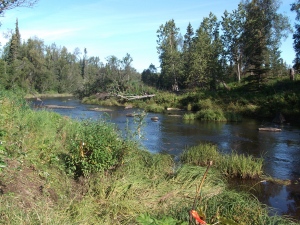
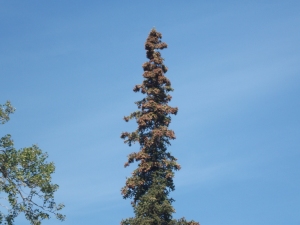
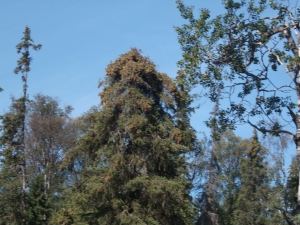
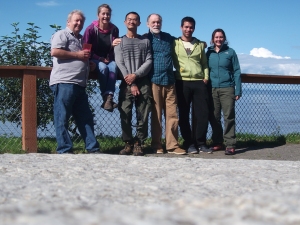
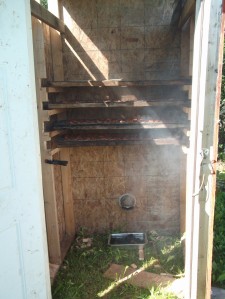
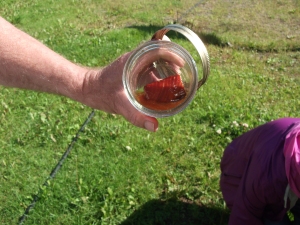
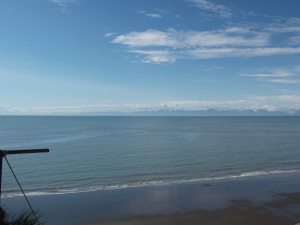
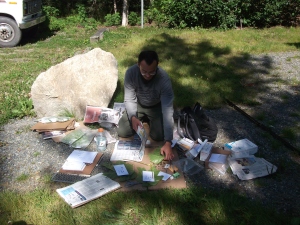
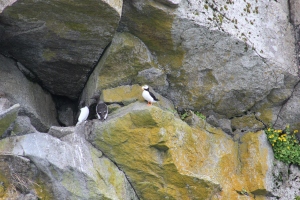
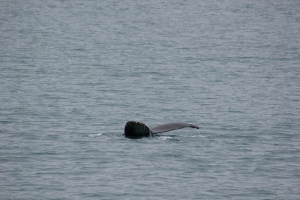
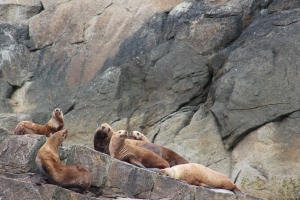
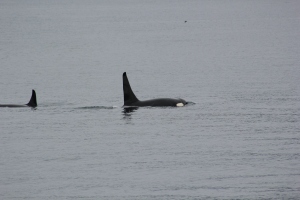
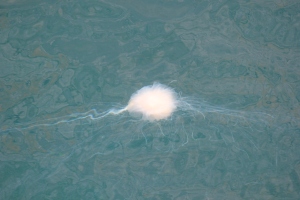
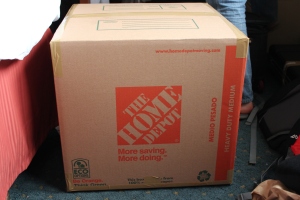
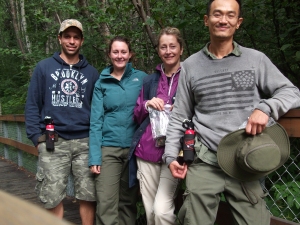
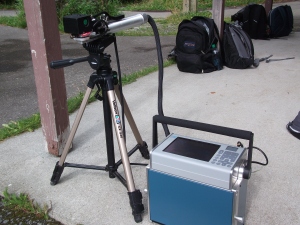
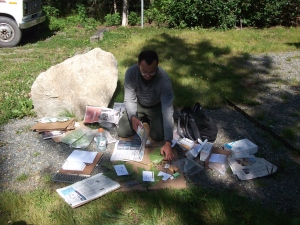
![IMG_4847[1]](https://mylastfrontier.files.wordpress.com/2014/08/img_48471.jpg?w=200&h=300)
